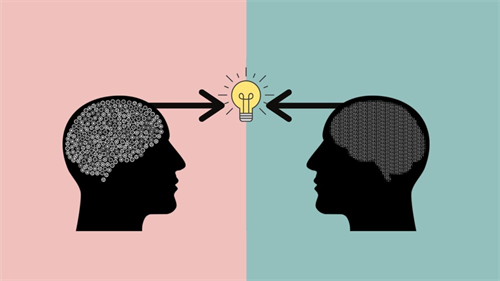What do people with knee osteoarthritis think is happening when their pain changes (or doesn't change)?

Full reference: David A. Walsh, James Rathbone, Kehinde Akin-Akinyosoye, Gwen S. Fernandes, Ana M. Valdes, Daniel F. McWilliams, Weiya Zhang, Michael Doherty, Jennie E. Hancox, Kavita Vedhara, Roshan das Nair, Eamonn Ferguson, How people with knee pain understand why their pain changes or remains the same over time: A qualitative study, Osteoarthritis and Cartilage Open, Volume 5, Issue 2, 2023, https://doi.org/10.1016/j.ocarto.2023.100345.
Pain is unfortunately a common experience of people with knee osteoarthritis (OA). Healthcare practitioners consider many things when helping people to manage their pain. They are thinking about what is happening within the affected knee, how the nervous system is translating those changes into pain, what the person with knee pain is thinking, how they cope, and what support they have available to them. While healthcare practitioners are knowledgeable about these factors and how they impact the pain experience, we do not know whether individuals with knee OA understand these things in the same way or have a different understanding. Without knowing how individuals with knee pain understand what drives their pain or why it has changed or remained unchanged, it is difficult for the healthcare practitioner and patient to agree on what is the best treatment approach for that individual.
We interviewed 50 people with knee pain that had lasted for over 3 months. Out of these 50 people, some had reported no change in their knee pain over the preceding year. Others reported that their knee pain got worse or improved. Different people also reported that their mood had improved, stayed the same or worsened over that one-year period.
Most of the people interviewed in this study mentioned that they were unsure why their pain stayed at the same level, or why their pain changed. They talked mainly about the factors happening within the painful knee (e.g. wear and tear). They discussed how changes in knee damage might explain changes in their pain. Participants rarely mention how any psychological factors could have affected their knee pain or how it changed over time. They said that their understanding about their pain had not changed over the past year and that they remained unsure about what was happening. They explained that their attitude towards the pain had changed, even though their understanding had not, some coming to accept that it was just the way it was.
In summary, we found that people with knee osteoarthritis saw their pain as a sign only of what is happening within their knee, and seemed unaware of the impact that the ways they think about the pain, and their emotions can have on their knee pain and how it changes over time. Healthcare providers are in a good position to share with patients their understanding of how other factors happening outside of the affected knee can influence how much knee pain people can feel, and how that knee pain can change over time. This could help people with knee osteoarthritis pain to engage with treatments that research has shown to be helpful, but are not necessarily directed at the knee itself. Such treatments include exercises such as Tai Chi, tablets, and talking therapies.